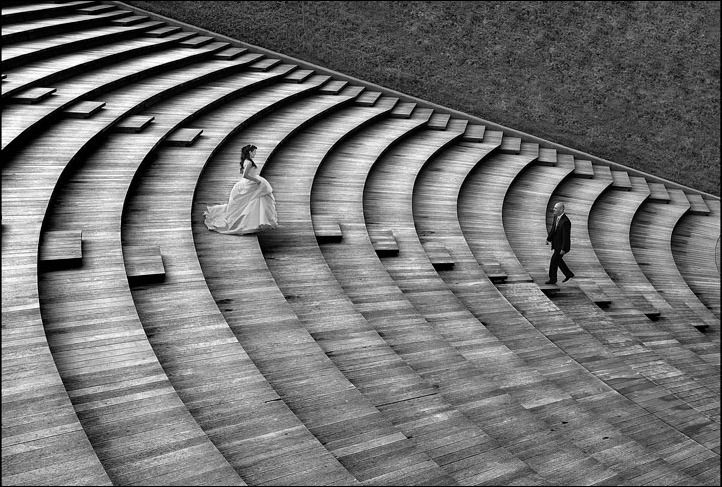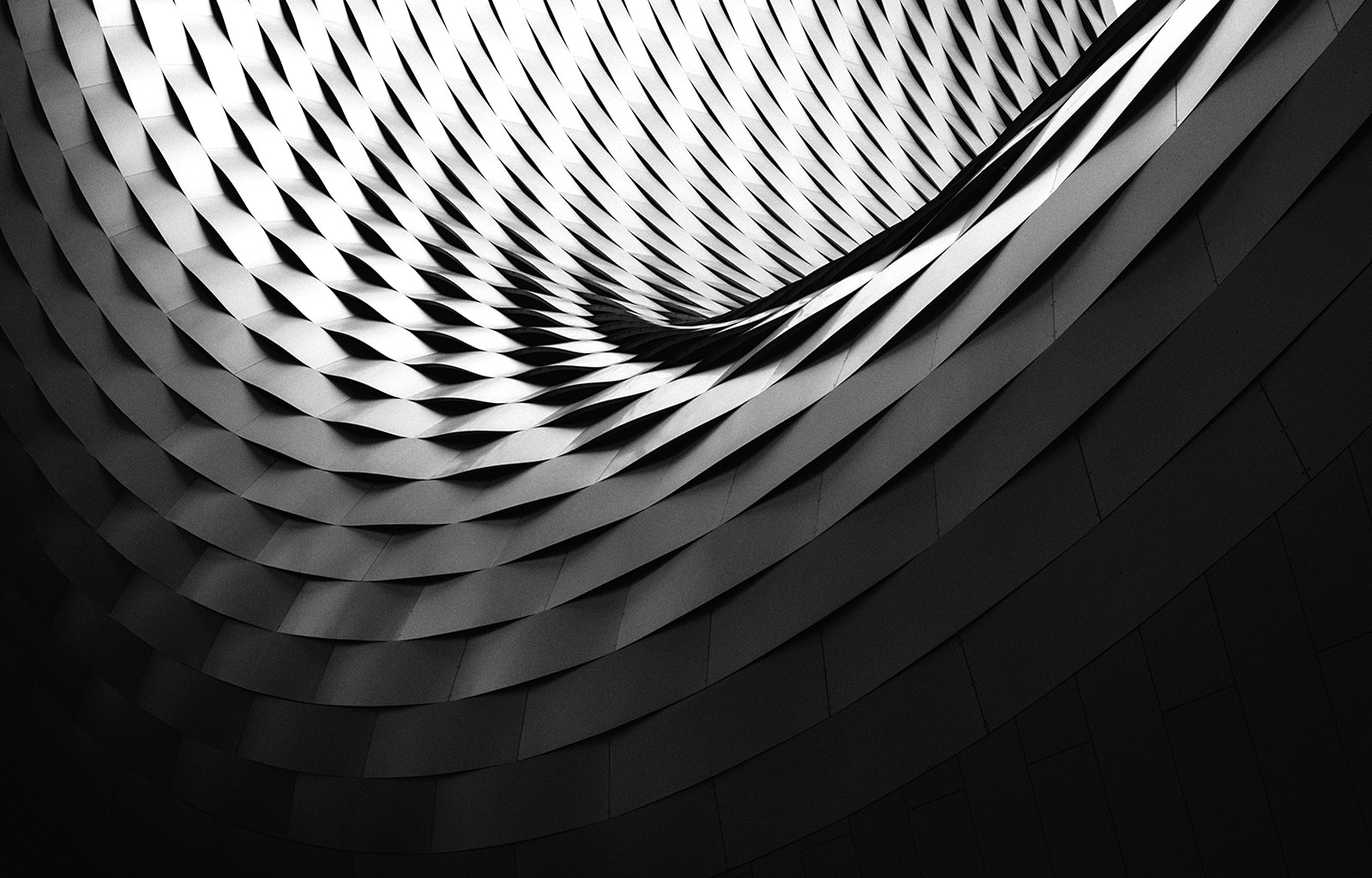In repetition or enhancements of colors light shade bodies and spaces. Rhythm photography has elements that repeat or echo throughout the image.

Rhythm In Photography Composition About Photography Blog
This predictability in rhythm or tempo is achieved by the way in which elements are arranged in a composition elements form a pattern that flows smoothly winding up the edges of the frame.

. Contemporary Art National Gallery of the Cayman Islands. Whats unique about visual rhythm just like with music is that it sets a pace. The core to Carmen Herreras painting is a drive for formal simplicity and a striking sense of color according to the London-based Lisson Gallery.
Rhythm represents an easy movement of the viewers eyes following a regular arrangement or reproduction of elements in photography. It can be directed along lines edges shapes and color. A movement in which some elements recurs regularly.
What is rhythm and movement in photography. A movement in which some elements recurs regularly. The term movement in photography often describes the relationship between the cameras shutter speed and a subject.
2010 Figure Ground Rhythm MFA Thesis Scholes Library Alfred University. It can be directed along lines edges shapes and color. The differences in the movement of the elements give the visual structure a certain visual appeal.
Or it can quicken the pace as your eyes move over the image. A master of crisp lines and contrasting chromatic planes Herrera creates symmetry asymmetry and an infinite variety of movement rhythm and spatial tension across the canvas. Photo by Denis Sokol.
Dynamism is a more subjective quality and is apparent when an image merely suggests movement or rhythm. It could be a series of shapes that repeat to make a pattern. 2010-2015 Lecturer in Photography and Digital Media Arts Eastern Washington University Cheney WA.
Movement is closely tied to rhythm. Why is rhythm important in photography. For design and art movement characterizes the path of the viewers eye when heshe observes and tries to understand a shot.
Yes visual rhythm works like repetition and pattern in that it attracts he eye and encourages it to move around the photo. Perhaps the most obvious type of movement in photography suspended movement illustrates one of the cameras most remarkable attributes. Movement is shaped by the elements and principles of art and design.
Like a dance it will have a flow of objects that will seem to be like the beat of music. Is the path the viewers eye takes through the artwork often to a focal area. Rhythm can create a sense of order and a sense of movement.
2020-present Adjunct Faculty in Photography Kent State University Kent OH. See more ideas about movement photography rhythm art motion photography. Repeating patterns and motifs can have a similar rhythmic feeling.
Featured are photographs of some of the most noted performers of the day such as BB King Junior Parker Della Reese Mahalia Jackson Albert Collins Joe Hinton and Little. The photographs in this exhibition were made by Benny Joseph with a Speedgraphic camera and focus on the early years of rhythm and blues music in Houston in the context of the civil rights movement. Rhythm is bound by space ie.
Is the path the viewers eye takes through the artwork often to a focal area. Movement in photography is usually capturing some sort of actual movement. Sometimes we can perceive this in super-frozen images.
The ability to freeze a literal split second to capture details imperceptible to the human eye. Movement is the creation of a sense of an ebb and flow through a painting which turns it from passive wallpaper to a dynamic extension of the viewers psyche the creation of a inter-reaction that takes the viewer on a path of discovery. When photographers talk about movement in an image they often refer to the rhythmic effect of some visual element that repeats itself for example people standing in a line or a row of birds sitting on the branch of a tree.
The surface of the photo. Rhythm in photos leads the eye in the same way that using leading lines in composition directs the viewer to the subject of an image. Successful designs usually vary the rhythm or the design can become predictable and boring.
Rhythm is more closely related to abstract art but in photography would be capturing blurs of light or color. Hair flying arms flailing dust kicking waves crashing. Here are a couple of examples of capturing frozen movement Capturing the blurry abstract movementrhythm is a little tricky and might not be able to be achieved with your cell.
As an example of rhythm a photographer can compose a photograph of a forest to show tree trunks as alternating thick vertical lines of light and dark colors. The rhythm can hold the viewers gaze to a steady beat. Its the mid-action pause.
When it comes to art and design movement refers to the path the viewers eye takes while reading a photograph. Movement is one of the seven principles of design photography. It expresses itself in the composition by straight or curved lines and their directional course.
In the photography sphere it refers to the dependence between the subject and the cameras shutter speed. It has been said that motion happens in our hands when shutter speeds are. Much like rhythm in music rhythm in photography brings structure and stability to the images.
Movement in this case is the opposite of static bland unemotional and uninspiring. Aug 21 2020 - Explore Marvels SHIELD Agent Zaris board rhythm and movement on Pinterest.

Rhythm In Photography Make Your Images Sing Picsofasia

Rhythm Movement Nataliewoophoto
Photographic Psychology Image And Psyche

Movement And Rhythm Work Together To Create The Visual Equivalent Of A Musical Beat Description From Samanth Photography Elements Rhythm Art Unity Photography

Rhythm Movement Photography Contests Line Photography Movement Photography

Photography Movement And Rhythm 1600x1024 Wallpaper Teahub Io
0 comments
Post a Comment